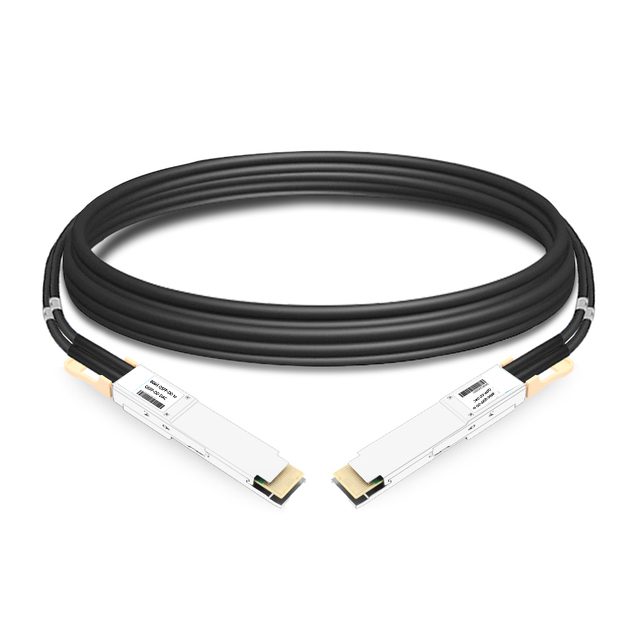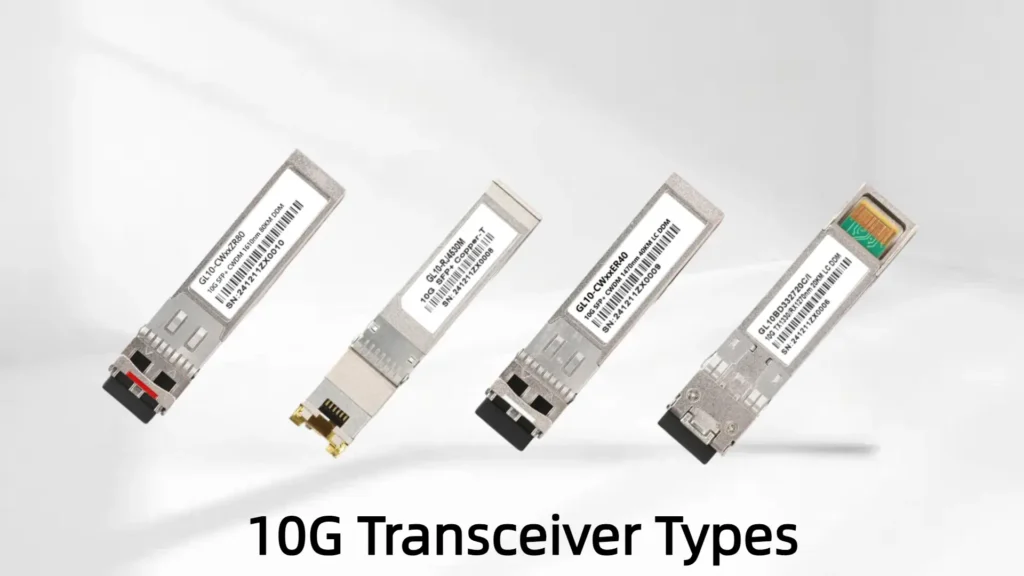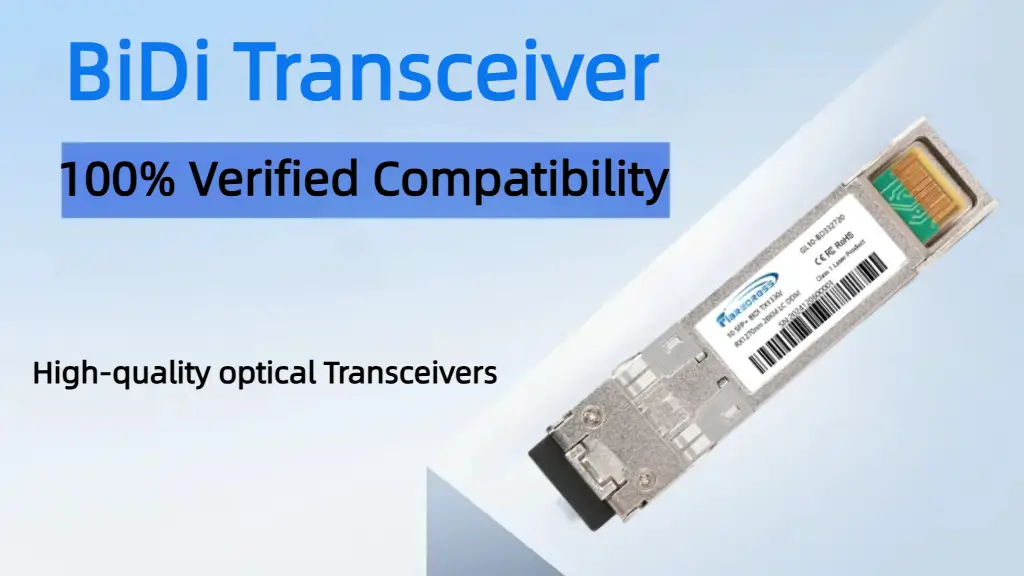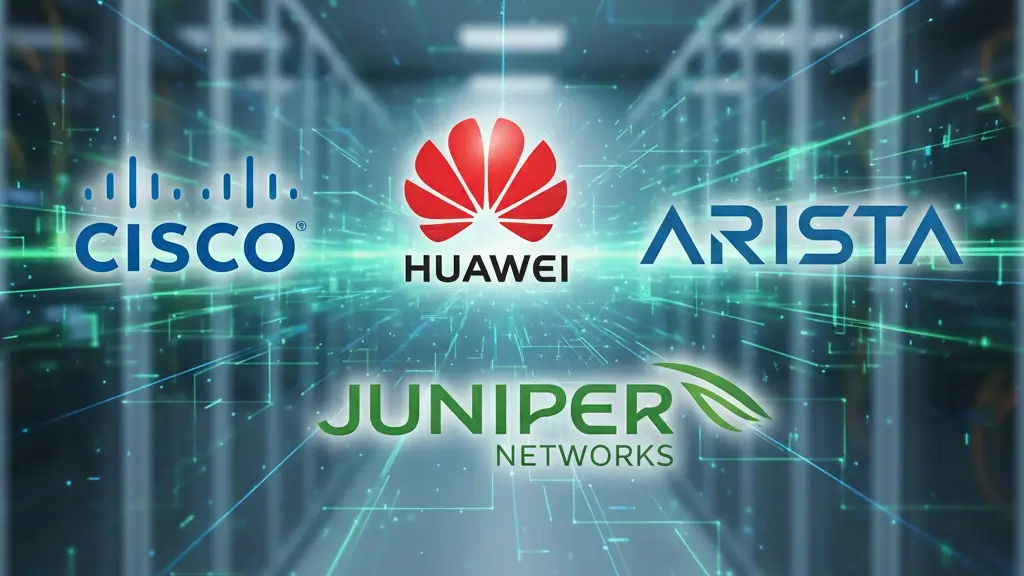Direct Attach Copper (DAC) Cables are high-performance, pre-terminated twinax copper cables designed for short-distance, high-speed interconnects inside data centers. Eliminating the need for separate optical transceivers, our DAC cables deliver plug-and-play installation, ultra-low latency, and minimal power consumption — making them the ideal choice for Top-of-Rack (ToR) switching and server connections.We offer a full range of data rates from 10G to 800G, Adapt to various interface standards such as SFP+, SFP28, QSFP+, QSFP28, QSFP-DD, etc.
- Why Choose Fibrecross
- Core Advantages
- Support & Service
From Our Factory to You: No middlemen, no markups—only factory-direct pricing and guaranteed quality.
Global Certifications: Compliance with CE, RoHS, UL, ISO 9001 and other international standards guarantees reliability.
Industry Expertise: Years of R&D innovation have enabled us to deliver optimized signal-integrity solutions to over 1,000 data centers and enterprise clients.
International Service Network: Over the years, our products have been exported to regions such as the USA, Europe, and Japan, with fast delivery times.
Customer-First Philosophy: From technical consultation to post-sales care, we provide end-to-end service tailored to your needs.
Ultra-Low Latency: End-to-end latency ≤ 0.1 ns, ideal for high-frequency trading and financial matching systems.
Cost-Effective: Delivers optimal balance between cost and performance compared to equivalent fiber solutions, reducing overall network expenditure.
Plug-and-Play: No additional drivers required and supports hot-swapping, simplifying deployment and maintenance.
Broad Compatibility: Works seamlessly with SFP+/QSFP+ ports from Cisco, Arista, Juniper, Huawei, HPE, and other leading brands.
Wide Range of Rates & Lengths: Available in 10G/25G/40G/100G/400G/800G speeds and 0.5 m–5 m lengths to suit rack-to-rack, switch stacking, HPC clusters, and more.
Dedicated 1:1 Engineer Consultation: Our fiber optic connectivity experts are available to answer all technical questions via WhatsApp, WeChat, or email..
Customized Solutions: OEM/ODM support for bespoke cable lengths, labeling, color coding, and packaging to fit your project requirements.
Fast Sampling & Volume Delivery: Samples shipped within 3 business days; bulk orders typically delivered in 7–14 days to keep your project on schedule.
Warranty & After-Sales: All products come with a warranty, free returns/exchanges, and lifetime technical support for complete peace of mind..
FAQ About DAC Cables
A Direct Attach Cable (DAC) is a twinaxial copper cable with pre-terminated transceivers on both ends, used for high-speed, short-range data connections between networking devices like switches, routers, and servers. It’s a cost-effective alternative to optical transceivers and cables.
For example, a DAC cable for data center connections often provides a low-latency, cost-effective alternative to fiber optic cables in intra-rack or server-to-switch links.
Direct Attach Cables support various data rates, including:
10G (SFP+ DAC cables)
25G (SFP28 DAC cables)
40G (QSFP+ DAC cables)
100G (QSFP28 DAC cables)
200G, 400G, and 800G options also available for next-gen data centers.
The typical maximum length for a 10G DAC cable is around 10 meters. For distances exceeding this, fiber optic cables or AOCs are used to extend the reach.
- Passive DAC Cables: No signal amplification, suitable for shorter distances (up to 5-7 meters), lower power consumption, and more cost-effective.
- Active DAC Cables: Include signal conditioning for longer distances (up to 10-15 meters), slightly higher power usage, and better signal integrity over extended lengths.
- DAC Cables: Lower cost, lower power consumption, ideal for short distances (up to 7m), but heavier and less flexible.
- AOC Cables: Support longer distances (up to 100m), lighter and more flexible, but more expensive and consume more power.
Consider the following:
- Speed: Match the cable speed (e.g., 10G, 100G) to your equipment.
- Length: Select a length suitable for your rack setup (0.5m to 7m).
- Form Factor: Ensure compatibility (e.g., SFP+, QSFP28).
- Passive vs. Active: Choose based on distance and signal requirements.
- Brand Compatibility: Confirm interoperability with your devices.
- Verify compatibility with your equipment.
- Check for secure connections on both ends.
- Ensure the cable length is within the supported range.
- Test with another port or device to rule out hardware issues.
- Contact your supplier for troubleshooting or replacement if needed.












